Home>Gardening & Outdoor>Landscaping Ideas>How To Harvest Pampas Grass


Landscaping Ideas
How To Harvest Pampas Grass
Modified: March 29, 2024
Learn how to harvest pampas grass for your landscaping ideas. Discover the best techniques to maintain and use pampas grass in your outdoor space.
(Many of the links in this article redirect to a specific reviewed product. Your purchase of these products through affiliate links helps to generate commission for Storables.com, at no extra cost. Learn more)
**
Introduction
**
Pampas grass, with its feathery plumes and towering stalks, adds a touch of elegance and whimsy to any landscape. Its graceful appearance and low maintenance requirements make it a popular choice for gardens and outdoor decor. Whether you're a seasoned gardener or just starting out, learning how to harvest pampas grass can be a rewarding experience. In this guide, we'll explore the process of harvesting pampas grass, from understanding the plant to selecting the right time for harvest and the tools needed for the task. We'll also delve into the steps for harvesting, drying, and storing pampas grass, ensuring that you can enjoy its beauty for months to come. So, let's embark on this journey to uncover the secrets of harvesting and preserving the splendor of pampas grass.
Key Takeaways:
- Embrace the beauty of pampas grass by harvesting it in late summer or early fall when the plumes are at their peak. Use sharp tools and dry the plumes for stunning home decor.
- Harvest pampas grass with care, ensuring plumes are fully developed and vibrant. Dry and store them in a well-ventilated area for long-lasting, elegant displays.
Read more: What Are Pampas Grass
Understanding Pampas Grass
Before delving into the art of harvesting pampas grass, it’s essential to understand the plant itself. Pampas grass, scientifically known as Cortaderia selloana, is a perennial grass native to South America. It is renowned for its tall, plume-like inflorescences that rise above its dense clumps of foliage, creating a striking visual impact.
This ornamental grass thrives in a variety of climates and soil conditions, making it adaptable to different environments. With its impressive height, often reaching up to ten feet, pampas grass serves as an excellent privacy screen, windbreak, or focal point in a garden landscape. Its feathery plumes, which come in an array of colors including creamy white, soft pink, and muted beige, add texture and visual interest to outdoor spaces.
One of the most appealing features of pampas grass is its low-maintenance nature. Once established, it requires minimal care and can endure drought conditions, making it an ideal choice for busy gardeners seeking a resilient and visually captivating plant.
However, it’s important to note that pampas grass is considered an invasive species in some regions, where it can outcompete native vegetation. As such, it’s crucial to research local regulations and guidelines regarding the cultivation and harvesting of pampas grass to ensure environmental responsibility.
By gaining a deeper understanding of pampas grass, including its characteristics, growth habits, and ecological impact, you can approach the process of harvesting it with a sense of appreciation for this remarkable plant and a commitment to sustainable practices.
Selecting the Right Time to Harvest
Timing is crucial when it comes to harvesting pampas grass. The ideal time to harvest pampas grass is in the late summer or early fall, typically from August to October, depending on your specific climate and growing conditions. During this period, the plumes of pampas grass are at their peak, displaying fullness and color before the onset of winter.
Before embarking on the harvest, take a close look at the plumes. They should be fully developed, with a soft, fluffy texture and vibrant coloration. Avoid harvesting pampas grass too early, as the plumes may not have reached their maximum size and could lack the desired visual appeal.
Conversely, waiting too long to harvest can result in the plumes becoming brittle and prone to shedding, diminishing their ornamental value. By carefully assessing the condition of the plumes and timing the harvest accordingly, you can ensure that the pampas grass retains its beauty throughout the drying and display process.
It’s also important to consider the weather when selecting the right time to harvest pampas grass. Aim to harvest on a dry, sunny day to prevent excess moisture from impeding the drying process. Avoid harvesting during or immediately after rainfall, as damp conditions can prolong the drying time and potentially compromise the quality of the plumes.
By being attuned to the visual and textural cues of the plumes and leveraging favorable weather conditions, you can optimize the timing of the harvest, capturing the pampas grass at its peak and setting the stage for a successful drying and preservation process.
Tools and Equipment Needed
Harvesting pampas grass requires the use of specific tools and equipment to ensure a safe and efficient process. Before embarking on the harvest, gather the following items to equip yourself for the task:
- Pruning Shears: Select a pair of sharp, sturdy pruning shears capable of cleanly cutting through the thick stems of pampas grass. Ensure that the blades are well-maintained and properly sharpened to facilitate smooth cutting.
- Gloves: Invest in a pair of protective gloves to shield your hands from the sharp edges of the grass blades and potential skin irritation. Opt for gloves with a comfortable fit and ample dexterity to handle the grass with precision.
- Long-Handled Loppers: For mature and larger clumps of pampas grass, long-handled loppers provide extended reach and cutting power, allowing you to tackle thicker stems with ease.
- Protective Eyewear: Safeguard your eyes with protective eyewear, such as safety glasses or goggles, to shield against airborne debris and ensure a clear field of vision during the harvest.
- Tarp or Sheet: Lay down a tarp or sheet near the base of the pampas grass clump to catch the cut plumes and minimize the spread of loose seeds and debris in the surrounding area.
- Secateurs or Hand Pruners: For finer trimming and detail work, a pair of secateurs or hand pruners can be useful in refining the appearance of the harvested plumes and removing any remaining foliage.
By assembling these essential tools and equipment, you can approach the harvesting process with confidence and precision, ensuring that the pampas grass is harvested effectively while maintaining a safe and organized work environment.
When harvesting pampas grass, wear gloves to protect your hands from the sharp edges of the grass. Cut the stems at the base using sharp shears, and bundle them together for drying.
Harvesting Pampas Grass
As you prepare to harvest pampas grass, it’s essential to approach the task with care and attention to detail. Follow these steps to ensure a successful and rewarding harvest:
- Assess the Clump: Begin by evaluating the pampas grass clump, identifying the most visually appealing and well-developed plumes for harvest. Select plumes that exhibit fullness, vibrant color, and a soft, fluffy texture, indicating optimal maturity.
- Position Yourself: Stand beside the pampas grass clump and carefully grasp a plume near its base, holding it firmly to stabilize the stem. Position yourself to allow for a clear and unobstructed cutting motion.
- Make Clean Cuts: Utilizing sharp pruning shears or long-handled loppers, execute clean and precise cuts at the base of the plumes, ensuring a smooth severance from the main stem. Exercise caution to avoid damaging the surrounding foliage or disturbing the overall appearance of the clump.
- Collect the Plumes: As you harvest each plume, carefully lower it onto the tarp or sheet placed beneath the clump, allowing it to accumulate in an organized and contained manner. This approach minimizes the dispersal of loose seeds and debris, facilitating cleanup and storage.
- Refine the Appearance: After the initial harvest, assess the remaining foliage and stems of the pampas grass clump. Use secateurs or hand pruners to trim any unsightly or damaged foliage, refining the overall appearance of the plant and preparing it for the next growth cycle.
Throughout the harvesting process, maintain a mindful and deliberate approach, prioritizing the preservation of the pampas grass’s visual appeal and the integrity of the surrounding landscape. By exercising precision and care, you can successfully harvest pampas grass, yielding a bountiful collection of plumes ready for the drying and display phase.
Read more: How To Grow Pampas Grass
Drying and Storing Pampas Grass
Once you’ve completed the harvest, the next crucial step is to dry and store the pampas grass plumes effectively, preserving their beauty for long-term enjoyment. Follow these guidelines to ensure optimal drying and storage conditions:
- Prepare the Plumes: Before proceeding with the drying process, gently shake each plume to dislodge any loose seeds or debris. You can also use a soft brush or a gentle blast of air to remove excess particles, ensuring that the plumes are clean and ready for drying.
- Choose a Well-Ventilated Area: Select a dry and well-ventilated space for drying the pampas grass plumes. Ideally, this area should be free from excess humidity and direct sunlight, which can cause the plumes to fade prematurely.
- Arrange for Air Circulation: Lay the plumes in a single layer on a flat surface, allowing for ample air circulation around each plume. Avoid overcrowding or stacking the plumes, as this can impede the drying process and lead to uneven results.
- Monitor the Drying Progress: Periodically check the plumes during the drying process, gently fluffing and repositioning them to promote consistent drying. Depending on environmental conditions, the plumes may take one to three weeks to fully dry, retaining their soft texture and vibrant color.
- Store with Care: Once the plumes are thoroughly dried, carefully bundle them together, securing the base of the stems with twine or ribbon. Store the pampas grass bundles in a dry and dust-free location, such as a closet or cabinet, to protect them from moisture and potential damage.
- Display and Enjoy: With the pampas grass plumes dried and stored, they are ready to adorn your living space with their natural charm. Arrange the plumes in vases, baskets, or decorative containers, creating captivating displays that infuse your home with a touch of organic elegance.
By following these steps, you can ensure that the pampas grass plumes undergo a seamless transition from harvest to drying and storage, culminating in stunning arrangements that enrich your surroundings with their timeless allure.
Conclusion
Harvesting pampas grass is a gratifying endeavor that allows you to embrace the beauty of this versatile plant while creating stunning decor elements for your home and garden. By understanding the characteristics of pampas grass and selecting the right time for harvest, you set the stage for a successful and visually rewarding experience.
Equipped with the essential tools and equipment, you can approach the harvest with confidence, ensuring that each plume is meticulously gathered and prepared for the drying process. By exercising care and precision during the harvest, you preserve the integrity and aesthetic appeal of the pampas grass, setting the foundation for captivating displays in the future.
As you embark on the journey of drying and storing the pampas grass plumes, you honor the natural beauty of the plant, fostering an appreciation for its ornamental value and timeless allure. With proper drying and storage techniques, you can savor the enchanting presence of pampas grass in your living space, infusing it with a touch of organic elegance and visual intrigue.
Whether adorning your home with delicate plumes or sharing them with friends and loved ones, the process of harvesting and preserving pampas grass becomes a celebration of nature’s artistry, enriching your surroundings with its ethereal charm.
So, embrace the art of harvesting pampas grass, and let its graceful presence weave a tapestry of natural splendor into the fabric of your everyday life.
Frequently Asked Questions about How To Harvest Pampas Grass
Was this page helpful?
At Storables.com, we guarantee accurate and reliable information. Our content, validated by Expert Board Contributors, is crafted following stringent Editorial Policies. We're committed to providing you with well-researched, expert-backed insights for all your informational needs.
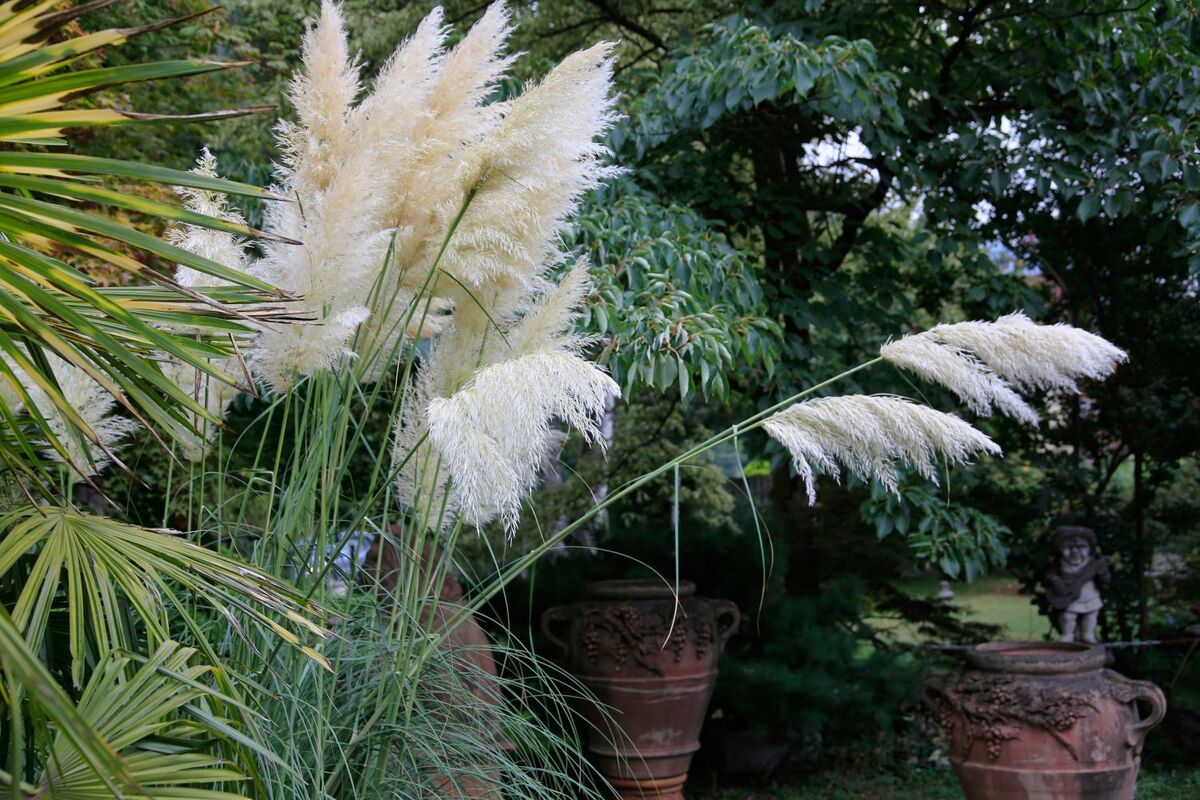

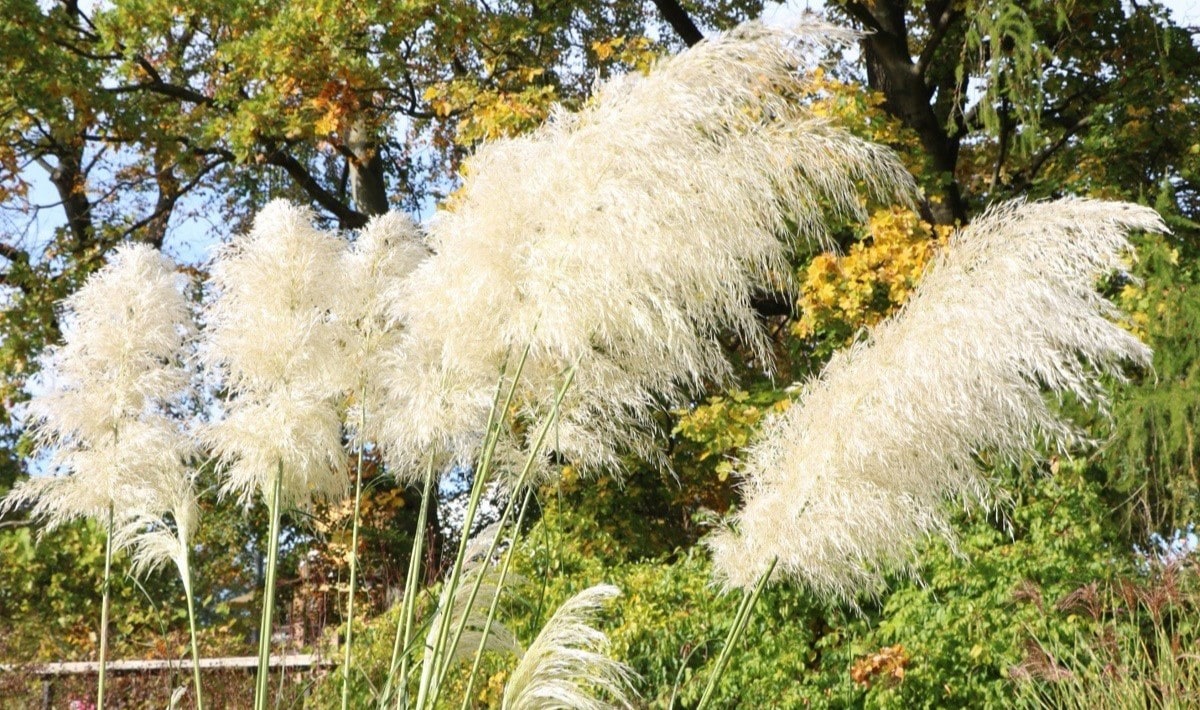
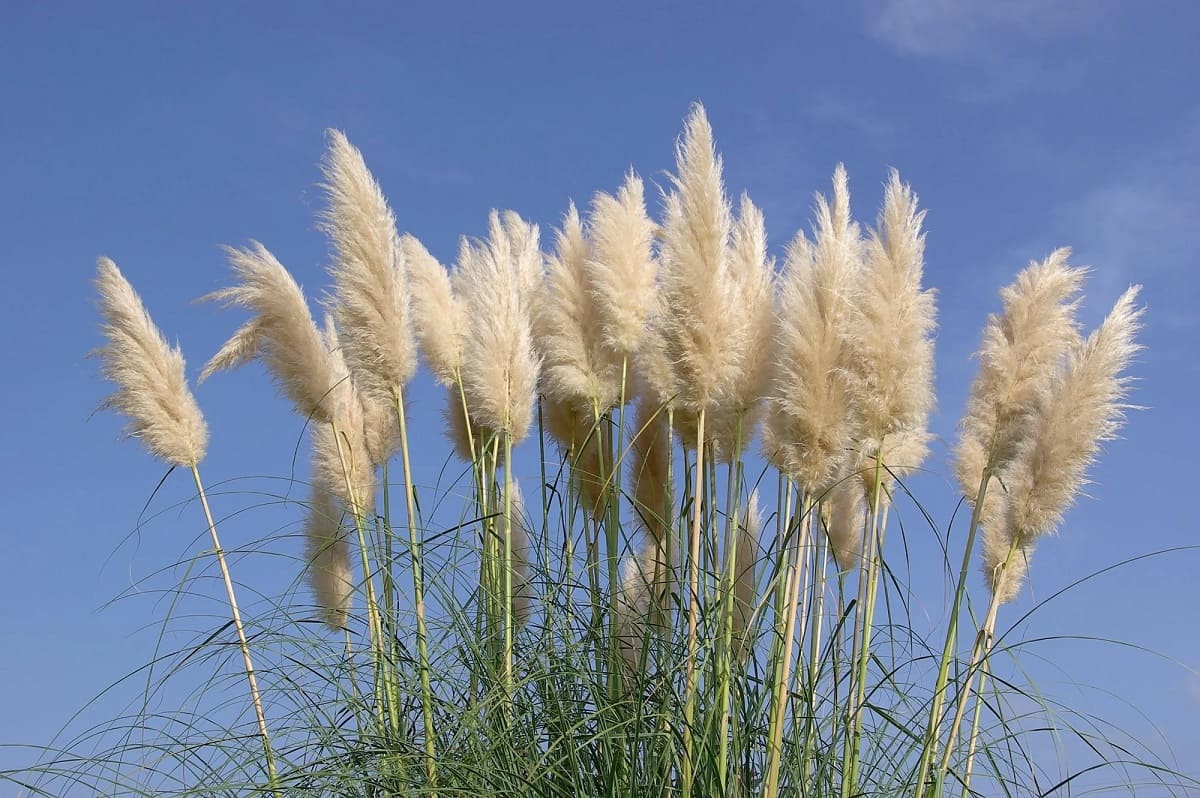


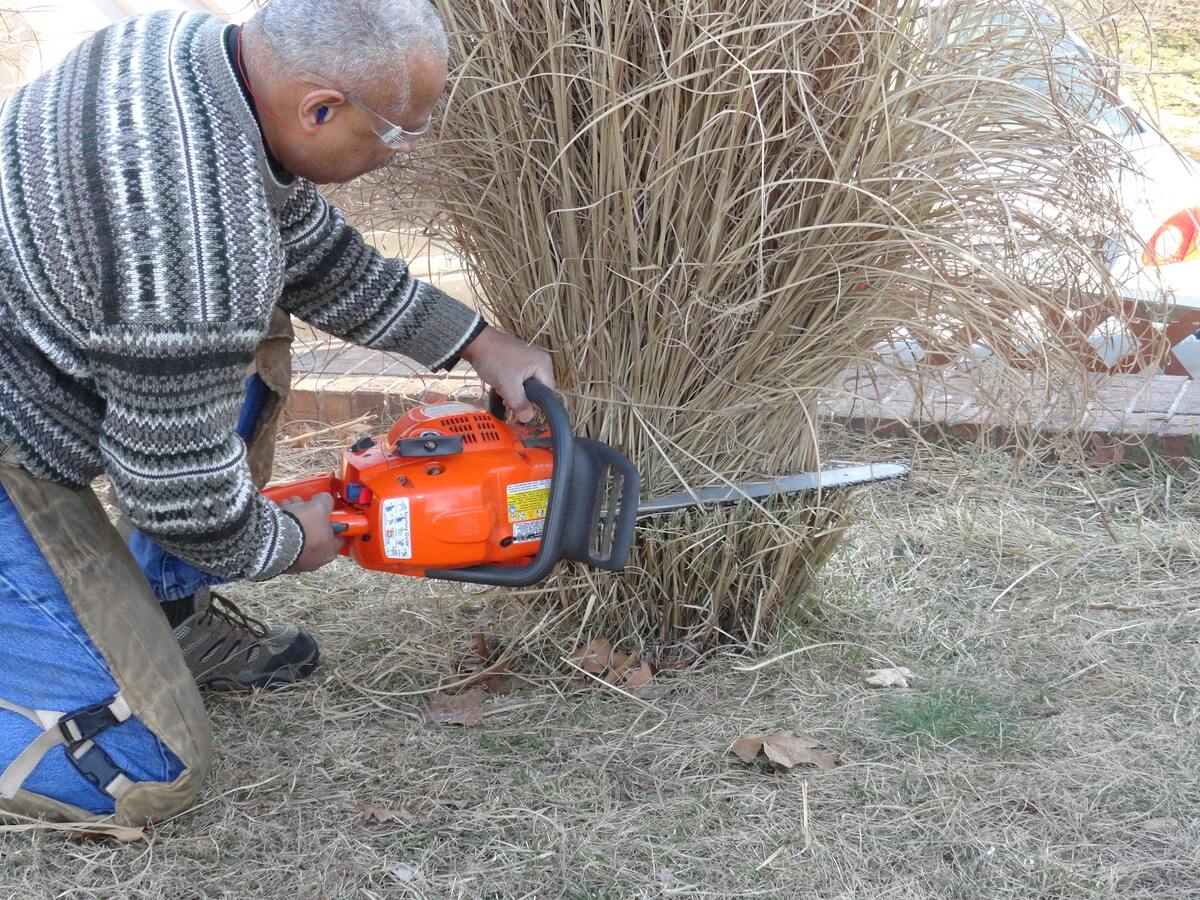
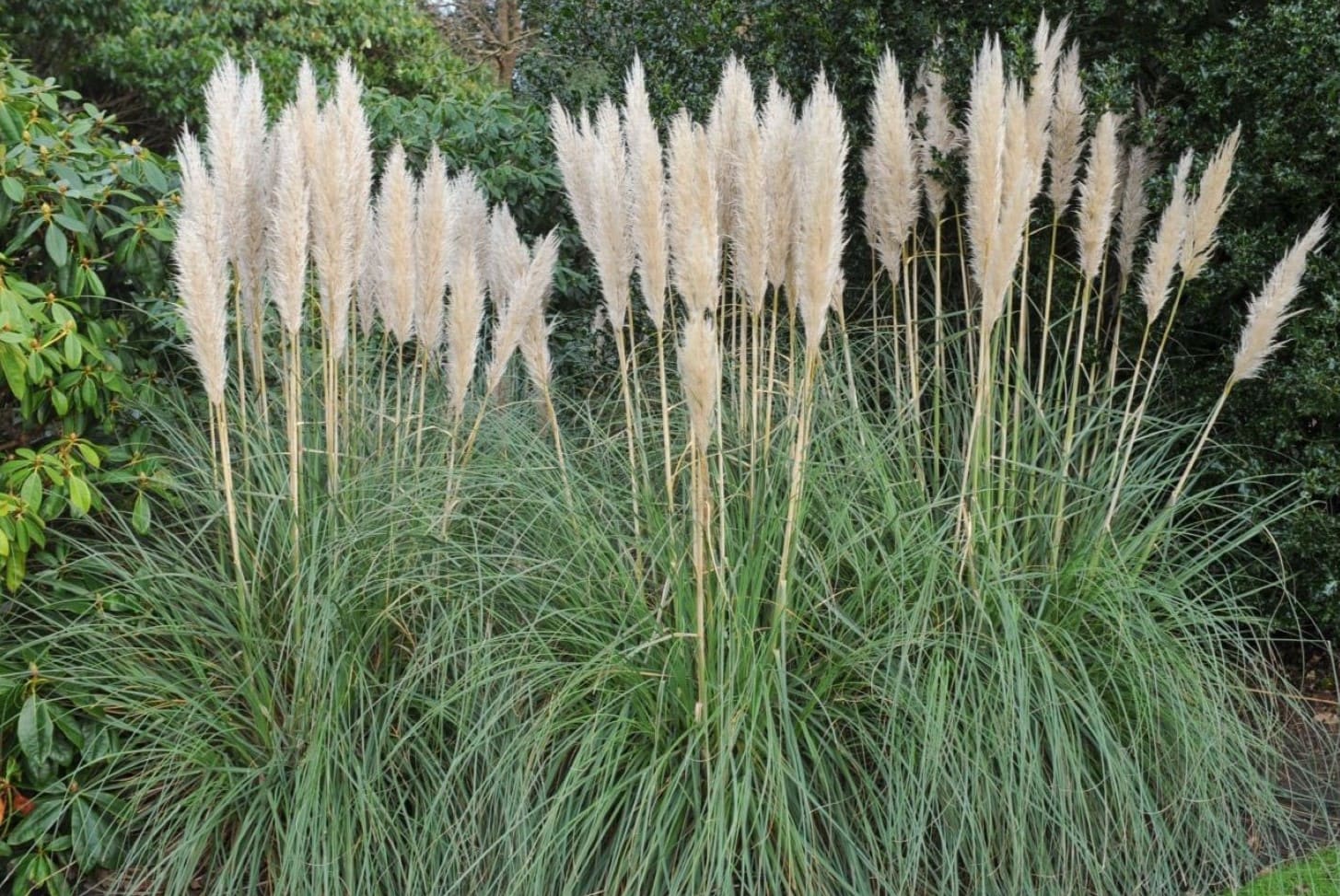
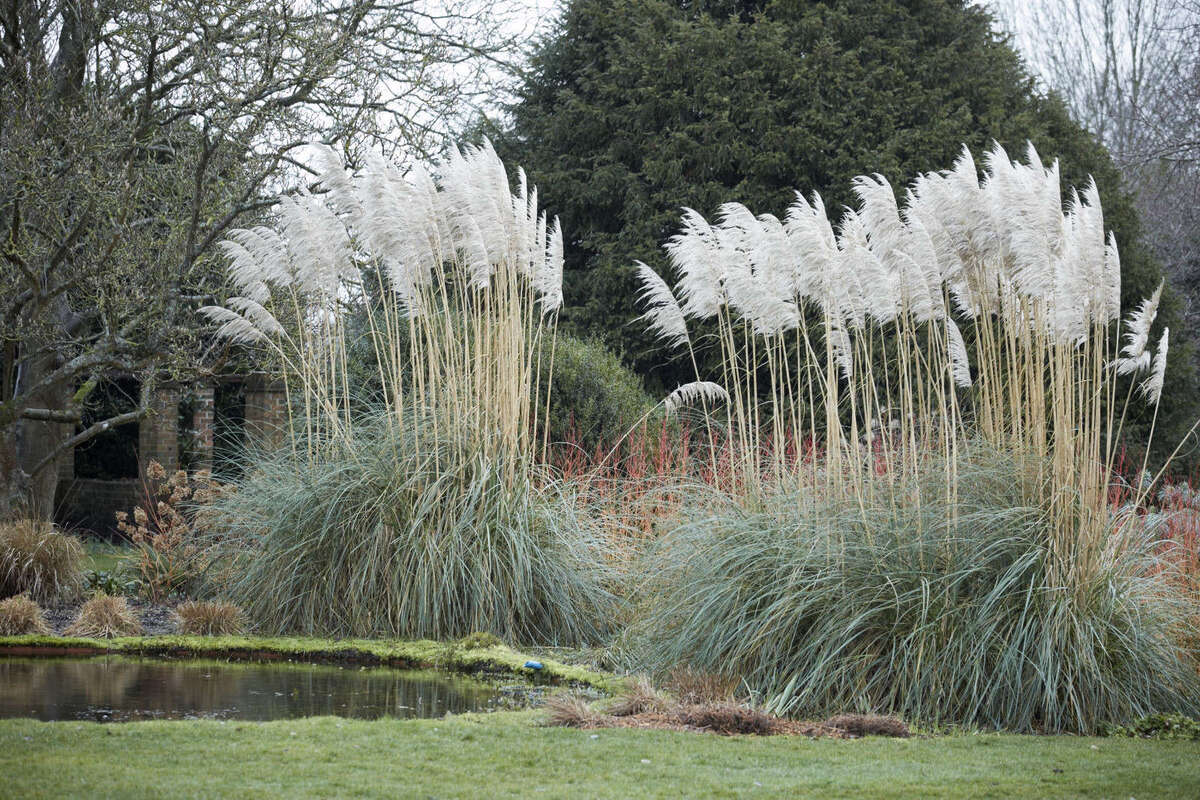
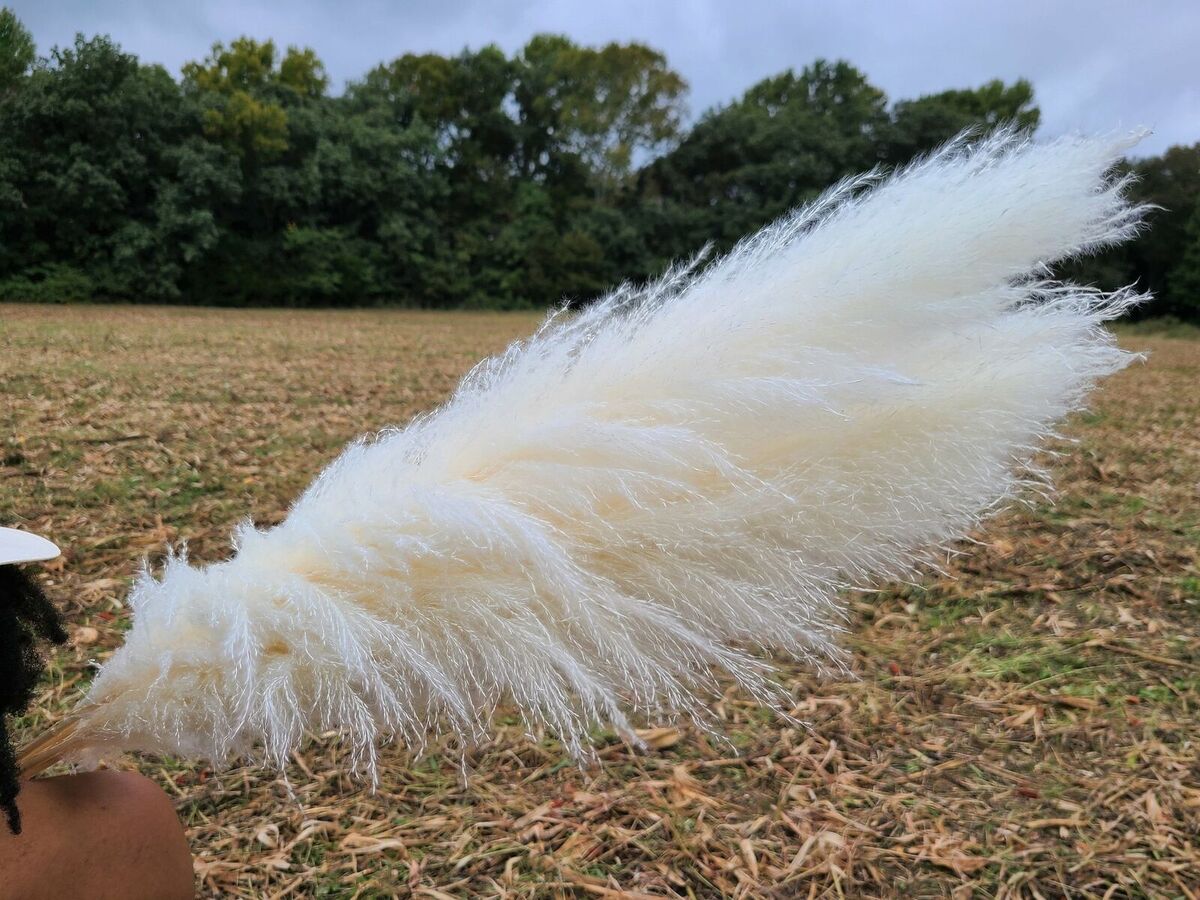

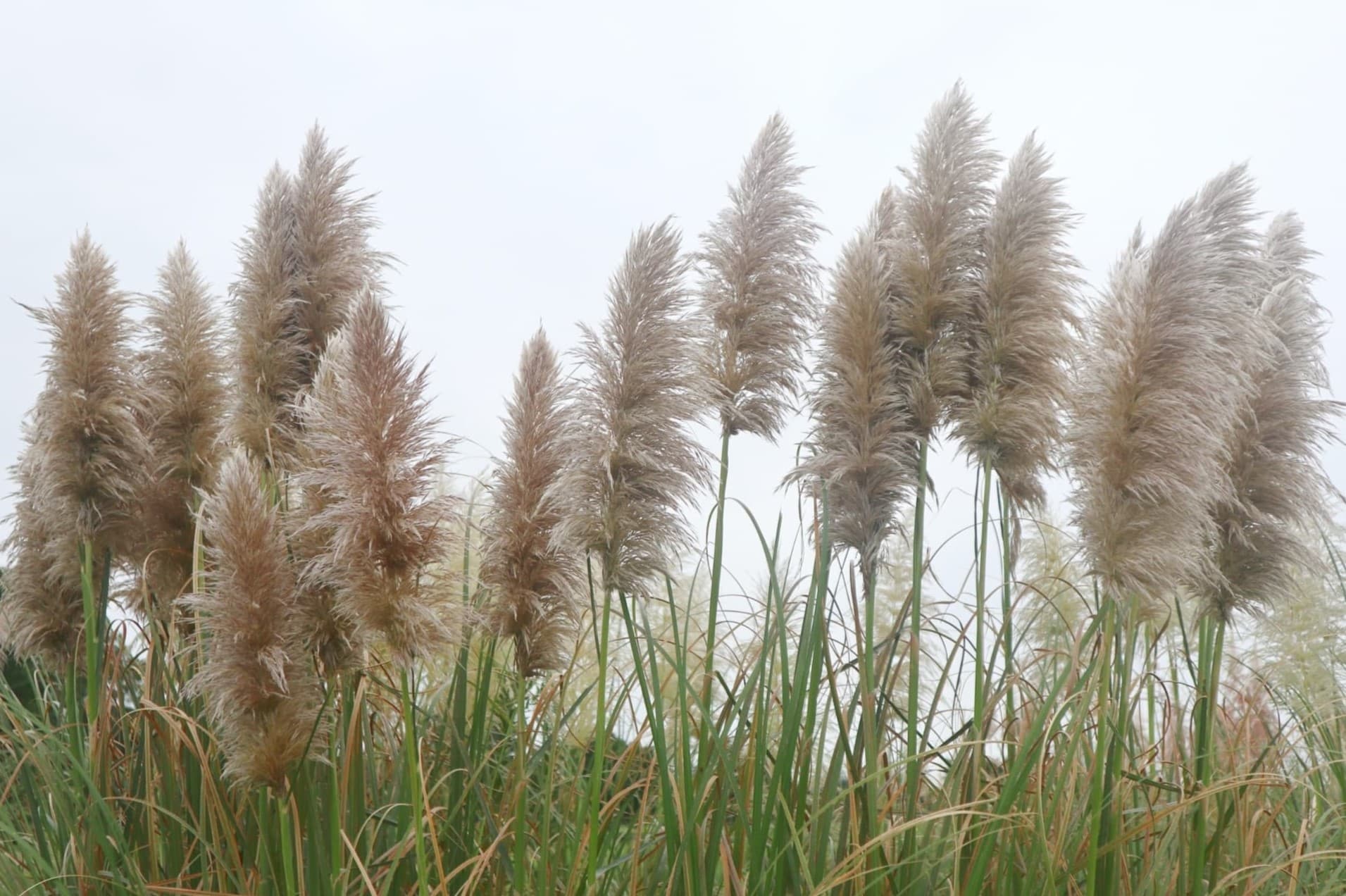
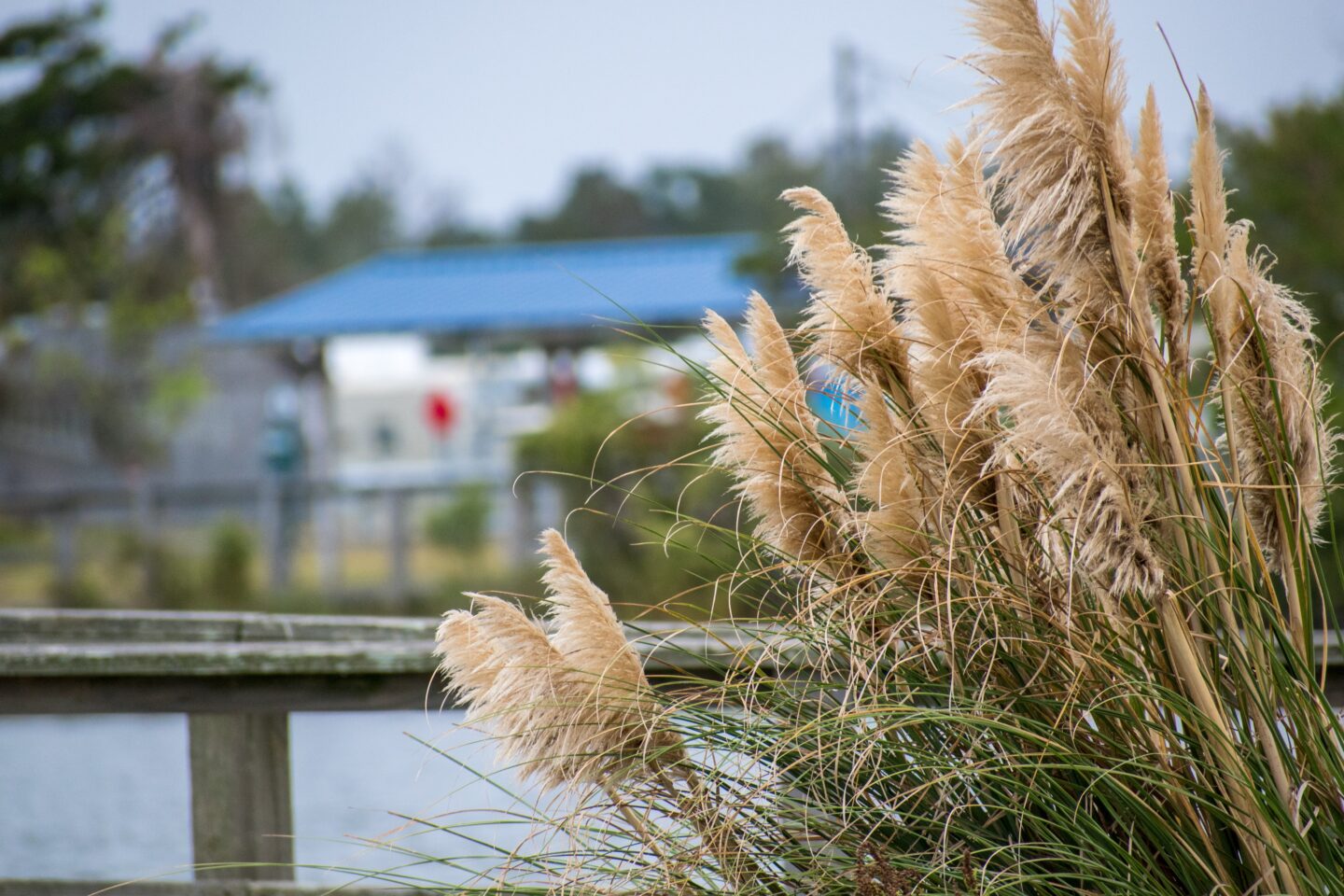
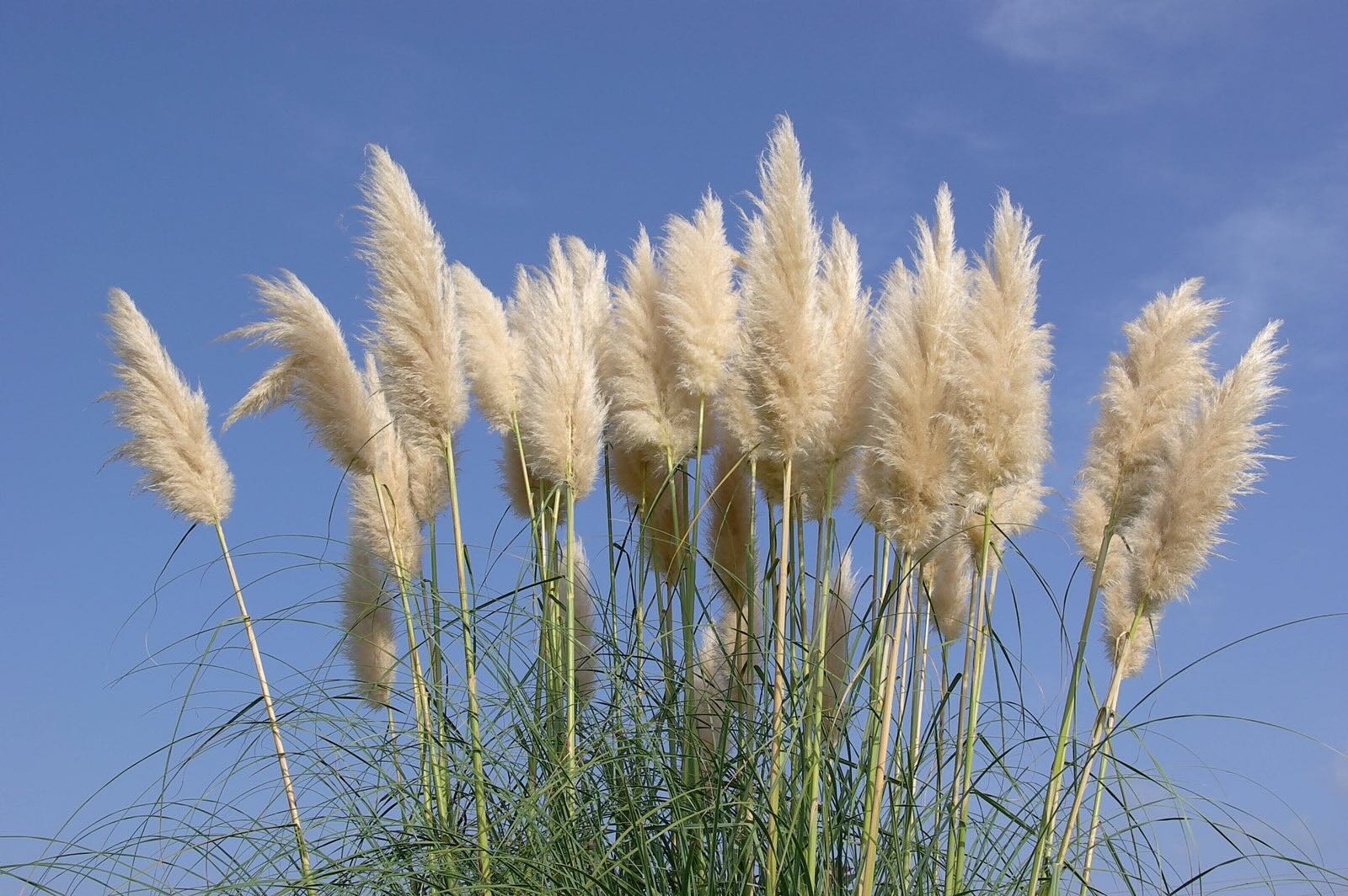

0 thoughts on “How To Harvest Pampas Grass”